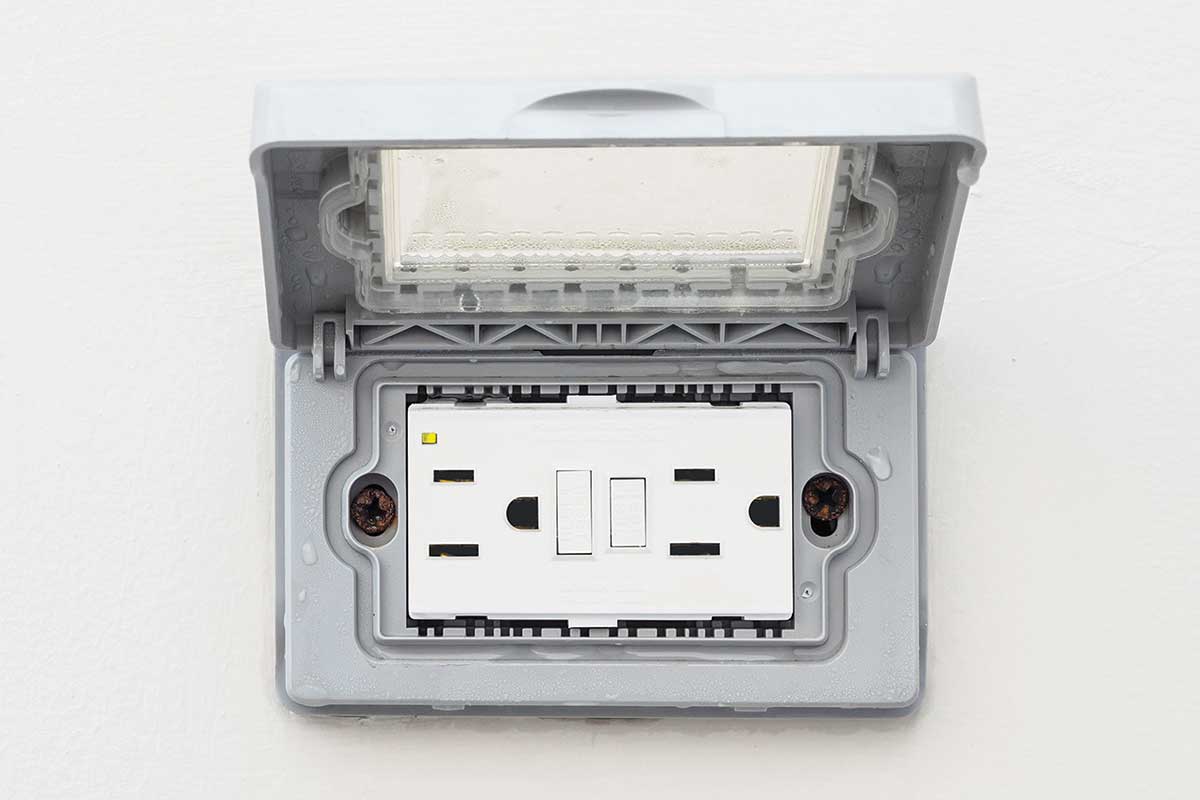Now that early summer showers have passed, it’s a good time to check your home’s electrical system. The ground fault circuit interrupters that prevent electrocution could be damaged by power surges during storms.
A GFCI, which can be part of an electrical receptacle or circuit breaker, trips the circuit when it detects ground faults or leaky currents. It protects the user of electrical equipment from electrocution by shutting off the path of electricity to that appliance. Since they were introduced in the 1970s, GFCIs have reduced electrocutions by 83%, according to Electrical Safety Foundation International.
GFCIs should be installed in areas where water could come into contact with electricity, including kitchens, laundry rooms, wet bars, workshops, outdoors, garages and basements. The National Electrical Code has specific rules regarding the installation of GFCI outlets in new construction.
GFCIs should be readily accessible for resetting, so they should not be placed behind appliances or heavy furniture.
Nearly 50% of the 400 electrocutions that occur each year could be prevented by using GFCIs, according to ESFI.
Even when homes do have GFCIs, most homeowners don’t know how often to test them. They should be tested every month and after every power surge to check for damage.
Here’s how to test your GFCIs:
1. Push the reset button on the GFCI receptacle to prepare the unit for testing.
2. Plug a lamp into the GFCI and turn it on. The lamp’s bulb should light up.
3. Push the GFCI’s test button. The lamp should turn itself off.
4. Push the reset button again. The lamp should turn on again.
If the lamp doesn’t turn itself off when you press the test button, that means your GFCI is on the fritz. To fix it, call a licensed electrician.


